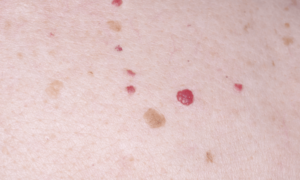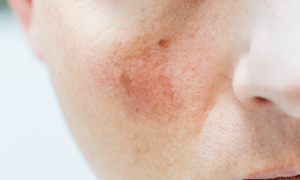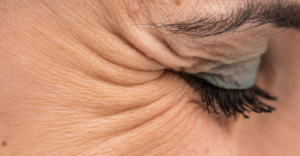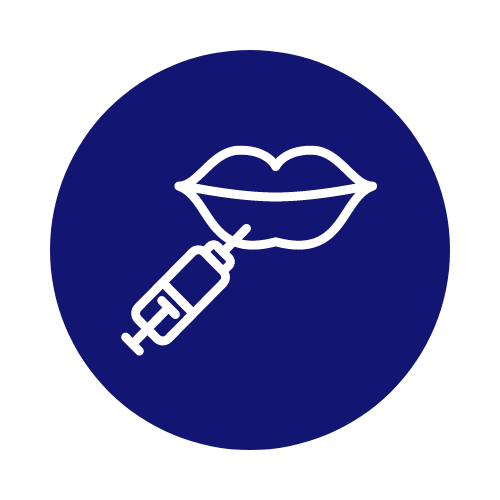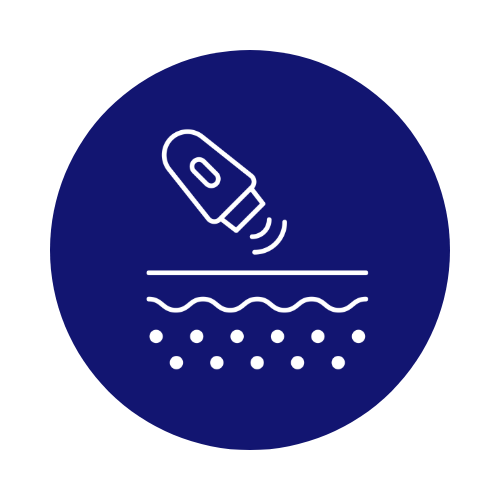Constant tension and tightness in the upper back and shoulders can be debilitating, impacting everything from posture to mobility. For many, this nagging discomfort stems from the trapezius muscle – a large, flat muscle that extends from the back of the head down to the middle of the back.
When this muscle becomes strained or overworked through poor posture, physical activity, or stress, it can lead to painful knots, spasms, and severely restricted movement.
While traditional treatments like massage, stretching, and anti-inflammatory medication may provide temporary relief, they don’t address the root cause of trapezius tightness. This is where Botox injections have emerged as an innovative solution. By temporarily relaxing the trapezius muscle through targeted Botox injections, individuals can experience significant relief from chronic upper back and shoulder tension.
In this article, we’ll explore how trapezius Botox works, what the treatment process involves, and what results you can expect from this cutting-edge approach to relieving stubborn muscle tightness and spasms.
Whether you’re an athlete, desk worker, or simply someone struggling with upper body tension, trapezius Botox could be the long-lasting solution you’ve been searching for.
What is the Trapezius Muscle?
The trapezius is a paired muscle, meaning there is one trapezius muscle on each side of the body. It gets its name from its trapezoid or diamond shape. The trapezius muscle has three functional parts:
- Upper trapezius – This portion covers the upper back, neck, and shoulders. It assists in elevating, retracting, and rotating the shoulder blades.
- Middle trapezius – This middle region lies between the shoulder blades and aids in retracting the shoulder blades.
- Lower trapezius – The lower fibres extend down the middle of the back and help depress and rotate the shoulder blades inward.
The trapezius plays an important role in shoulder mobility and stability. Spasms, knots, and chronic tension in the trapezius can severely limit the neck and shoulder range of motion while also causing referred pain in the shoulders, upper back, and even the head.
Treating trapezius tightness is key for improving posture and alleviating upper body discomfort.
The Basics of Botox

Relieving Trap Muscle Tension
When the trapezius muscle becomes chronically tight or overactive, it can lead to painful knots, spasms, and restricted mobility in the upper back and shoulders. Botox injections offer an effective way to alleviate this tension by temporarily relaxing the overactive muscle fibres.
During the Traptox treatment, a qualified medical practitioner injects small amounts of botulinum toxin directly into the tense, knotted areas of the trapezius muscle. It works by blocking the nerve signals that cause the muscle to contract.
As the Botox takes effect over the next few days, it causes the strained muscle fibres to become temporarily paralyzed, allowing the contracted trapezius to relax and lengthen. This relaxation helps release the persistent tension that causes the trapezius to feel tight, knotted and raised toward the neck.
By specifically targeting and relaxing only the overactive portions of the muscle, Botox can provide relief from trapezius tightness without affecting surrounding muscles needed for normal movement and function. Patients typically experience a significant reduction in muscle tension, improved range of motion, and decreased pain and discomfort.
Improving Range of Motion
The Benefits of Botox for Trap Muscle
Relieves Chronic Muscle Tension and Spasms
Improves Posture and Shoulder Mobility
Prevents Tension Headaches and Migraines
Long-Lasting Relief
Complementary Treatment
Final Thoughts
Botox is proving to be much more than just a cosmetic solution; it is a versatile and effective treatment option for various medical conditions, including trap muscle tension. By targeting and relaxing the affected muscle fibers, Botox injections improve range of motion, and a give better quality of life for those suffering from trap muscle issues.
If you’re experiencing trap muscle-related problems, consider exploring the potential benefits of Botox treatments with a qualified medical professional.
Traptox FAQs
What is TrapTox?
TrapTox, also known as “Shoulder Slimming Botox” or “Barbie Botox,” involves injecting Botox into the trapezius muscles. It’s designed to achieve a leaner upper frame and relieve the appearance of a “hunchback.”
This technique targets and relaxes the muscles responsible for a bulkier, more pronounced shoulder appearance. It is popular for both aesthetic and pain relief purposes
What are the benefits of TrapTox?
The treatment offers several benefits, including slimming overactive and bulky trap muscles, relieving trapezius pain, creating a more elegant shoulder contour, and improving the range of motion in and around the treated area
How does TrapTox work?
TrapTox uses botulinum toxin to selectively relax and slim down the muscles in the shoulder region. Injecting Botox into specific muscle groups, reduces the prominence of shoulder muscles, leading to a more refined and elegant appearance
What happens during a TrapTox appointment?
The treatment starts with an initial consultation to determine eligibility and treatment goals. Then, the provider administers Botox injections directly into the identified shoulder muscles. The procedure is usually quick and involves minimal discomfort
How long do the effects of TrapTox last?
Results from TrapTox usually last for four to six months. It could take continuing touch-up appointments to keep the shoulder-slimming benefits.





